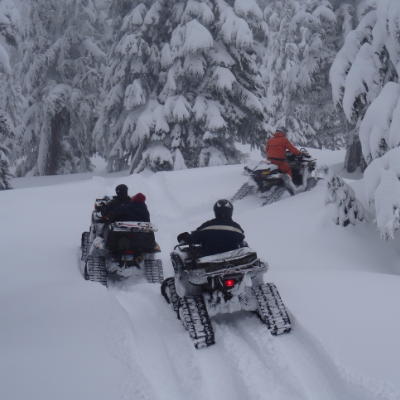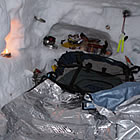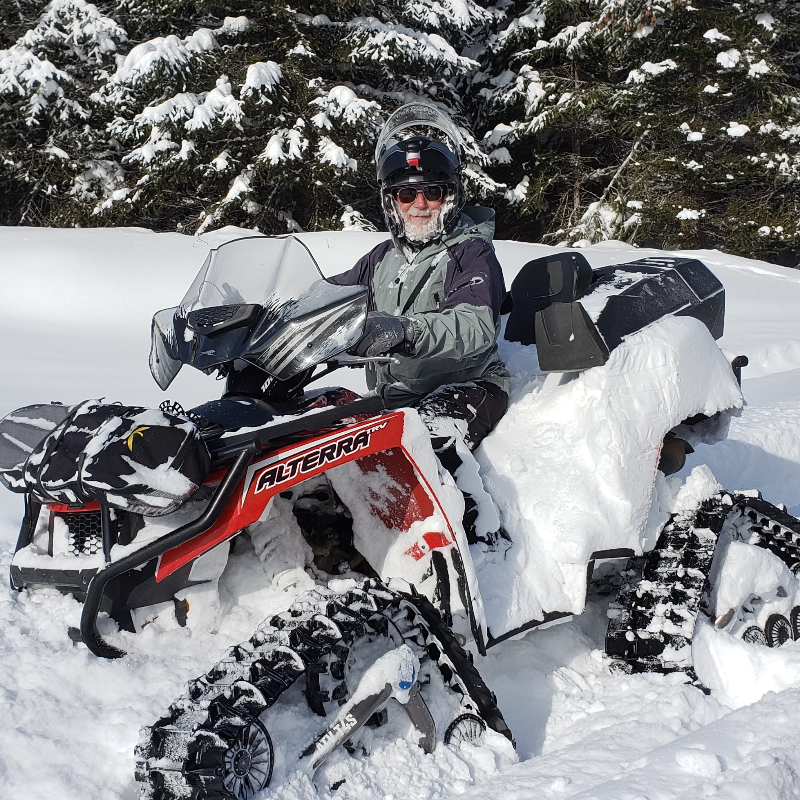The decision about whether or not you should travel a particular slope or route should be the result of a multi-day analysis.
What? Sounds like a lot of work! Perhaps, but as is the case with most activities in life, the quality of your results are usually proportionate to the quality of the effort invested. Let us explain.
Understanding the current snow stability begins in the early weeks of the winter season. It is typically at this point that we get an idea of how the basal layer--those near the ground--are setting up. Throughout the winter, the weather lays down various layers to create the current blueprint or recipe in the snow. Finally, we need to interpret what effect our activities combined with the most recent weather might have on this overall scenario. While tracking all of this is time consuming and requires skill and experience, professional forecasts and tools are available for many mountain areas to help simplify our decision making.
Public Avalanche Bulletin (PAB)
Public Avalanche Bulletins have been around for many years. Reviewing the PAB in the days prior to your ride is undeniably one of the best pre-trip planning actions that you can take. There are many potential combinations of instability possible on snow-covered mountains; however, in any one time period there are usually only a handful of key observations that we need to focus on. Why complicate life? Review the Bulletin. You are less likely to miss an important clue when your attention is more focused. Find it at zacstracs.com/CAC-Outreach/111/cac-pab
PAB boundaries
Which Bulletin region should I read? Generally, click on the coloured region of the map that includes your riding area. The Canadian Avalanche Centre has posted a version of the PAB regions on a Google map. Zoom in to view towns and road systems to help you clarify which region is the best fit for you. You will notice that many of the boundaries are road systems. It isn’t that avalanches don’t cross the highway (like the chicken...) but rather that weather patterns often act slightly differently after they flow across wide valleys such as the valleys where many of our major road systems are located. Should your riding area fall right near of border of two or more Bulletin regions, it is recommended that you review each of them. Look for similarities and differences.
Avaluator2
Utilize the Avaluator2 to guide your pre-trip and slope evaluation activities. If you don’t know how to use this excellent decision support tool, get your butt into an AST1 class pronto!
For more information, see zacstracs.com/CAC-Outreach/66/what-is-the-avaluator
Discussion Forum
Benefit from comments, photos and links that professionals and amateurs are posting about specific riding areas. Be sure to add in your own comments to help forecasters learn more about the areas that matter most to you. See www.avalanche.ca/forums
Now, as your skills and curiosity regarding the phenomenon of avalanches grows we encourage you to dig a little deeper. There are many brand new online resources designed for the public.
- Forecaster’s Blog: Short but detailed discussions of current matters of interest. www.avalanche.ca/cac/bulletins/forecaster-blog
- Weekly Summary: This overview of the past conditions helps us to see patterns and how they develop and change. www.avalanche.ca/cac/bulletins/weekly-summary
- Weather Outlook: Valuable, mountain-specific, extended weather forecasts. www.avalanche.ca/cac/bulletins/weather-outlook
- Conditions Outlook: Assuming that the weather comes in as forecast, this new resource will help you see the changing snowpack from the eyes of the forecasters. Certainly a good tool to consult when planning your next trip. www.avalanche.ca/cac/bulletins/conditions-outlook
Take a few moments and click on the links above. We would really enjoy hearing your feedback. Please post in the comments box below which of these four new resources you find the most useful.






